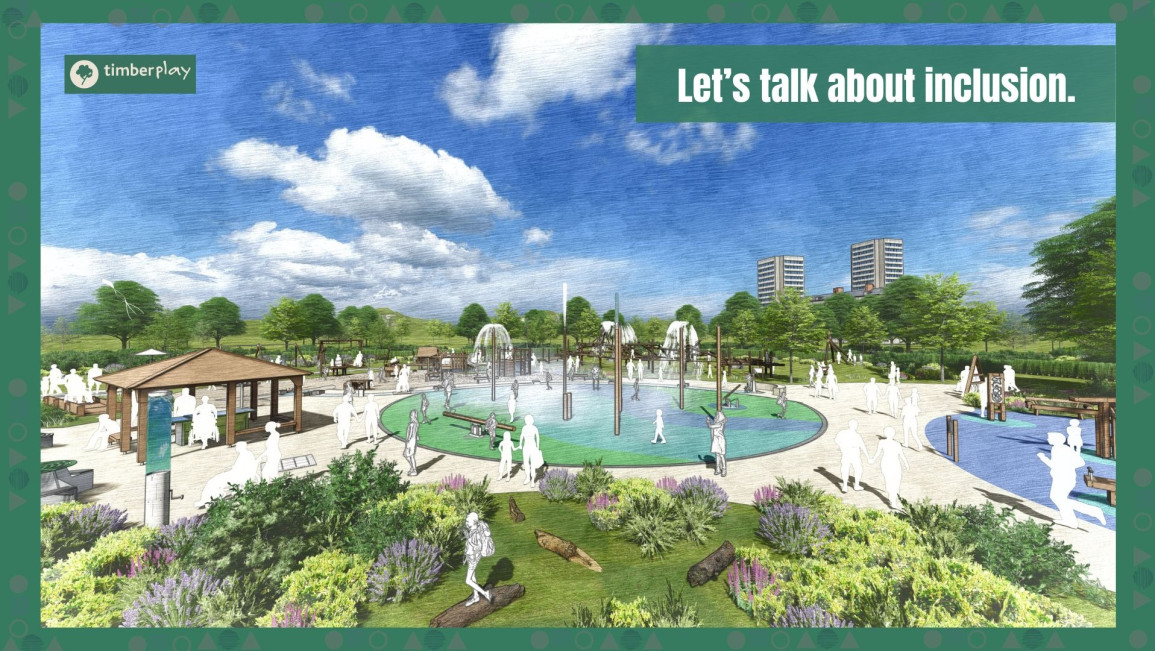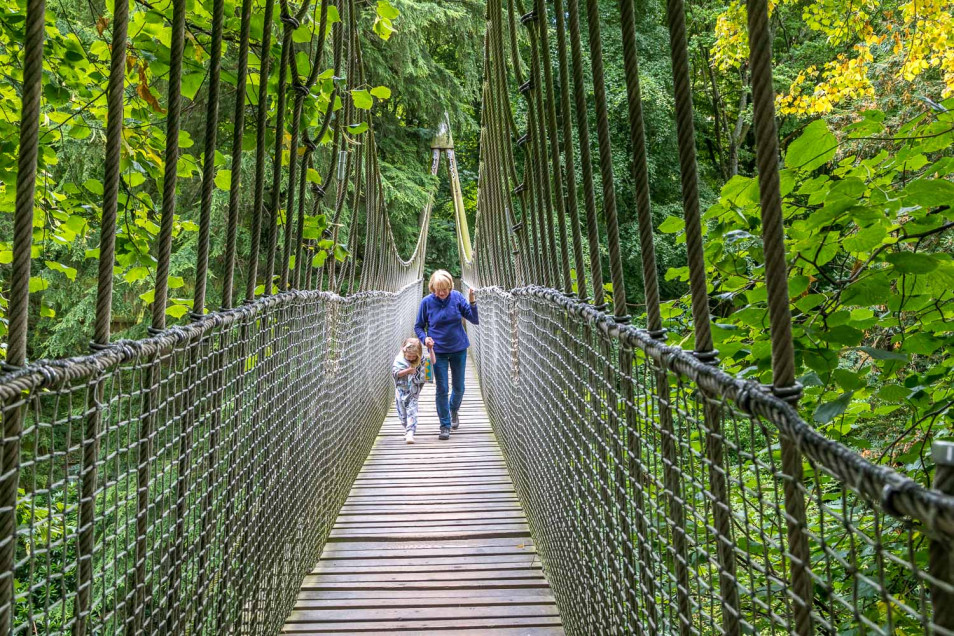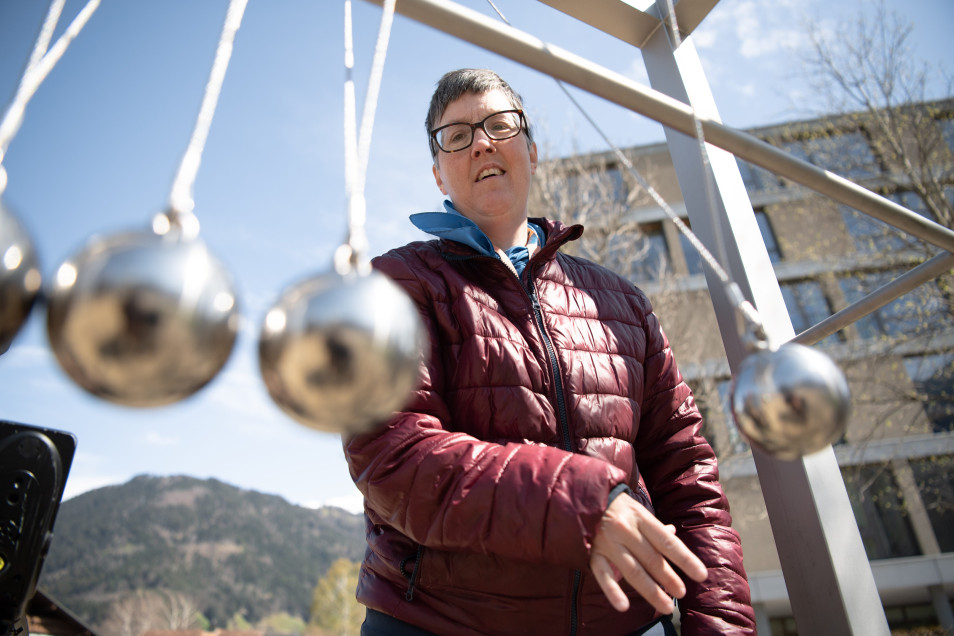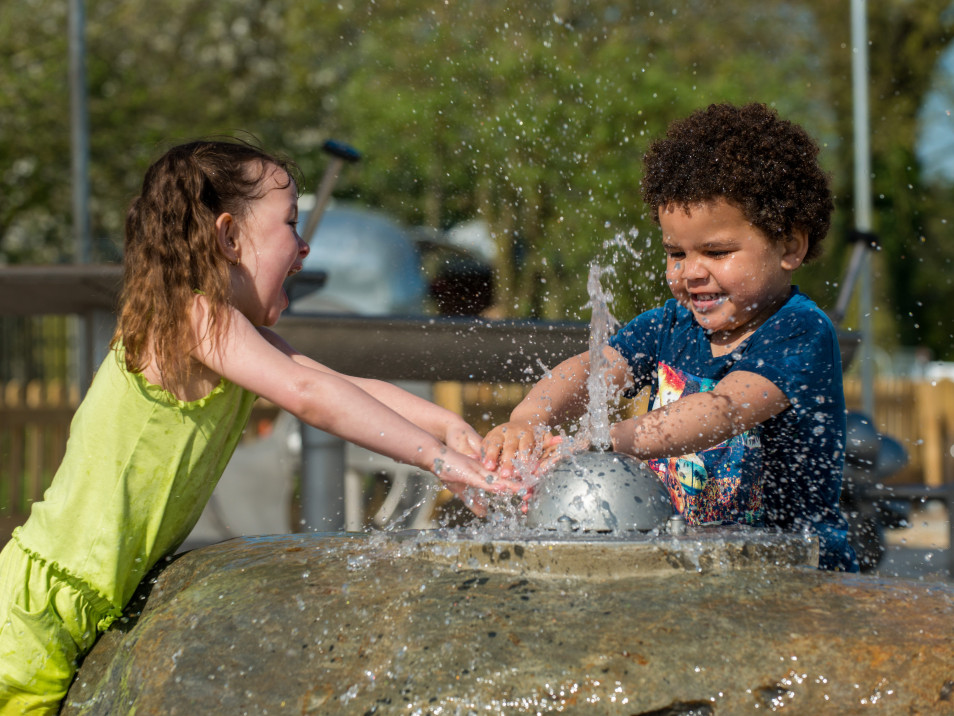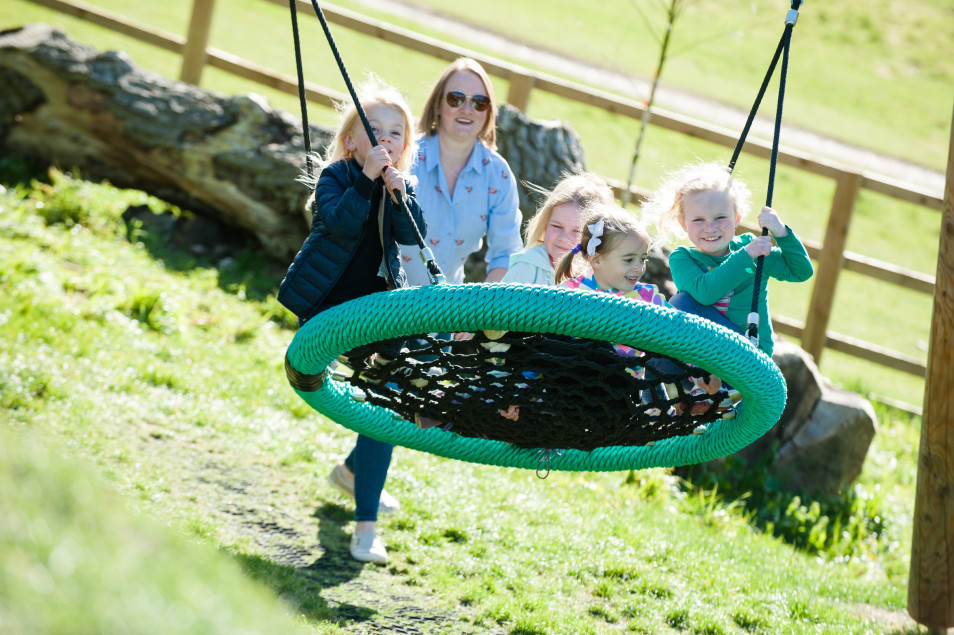Ideas and Insights
Play is humanity's most inclusive activity - yet somewhere along the way, we've learned to build barriers instead of bridges. At Timberplay, we believe it's time to challenge this paradigm and reimagine what truly inclusive play spaces can look like.
What is an inclusive playground? Why are inclusive playgrounds important? At Timberplay, we believe inclusive playground design should go far beyond minimum compliance. In this article, we explore inclusive playground examples, benefits, and real-world ideas to inspire better play spaces for all children.
In an era where children face unprecedented isolation, playgrounds represent one of our most powerful tools for building genuine community connection. But are we using this tool to its full potential? The answer, unfortunately, is often no.
What Is an Inclusive Playground?
An inclusive playground is a play space designed to be accessible and enjoyable for children of all abilities, including those with physical, sensory, or cognitive disabilities. These playgrounds go beyond basic accessibility by creating environments where children with and without disabilities can interact and play together, fostering social inclusion and development.
The Problem with Playground Inclusion Today
Walk through most modern playgrounds and you'll see the problem immediately. Too often, playground inclusion becomes a compliance exercise - a series of checkboxes to tick rather than a genuine commitment to bringing children together.
Under-threes are corralled into separate toddler zones, fenced off from the main action. Children with mobility challenges are directed to isolated wheelchair swings, relegated to the periphery. Teenagers are told they don't belong at all - asked to leave the play area and find somewhere else to exist.
This approach creates fragmented experiences that miss the fundamental point: play's power lies in bringing diverse children together, not keeping them apart.
The irony is striking. In a world where children are increasingly isolated - spending more time on screens, in structured activities, and in age-segregated environments - playgrounds offer a unique opportunity for genuine social integration. Yet most fall short of this potential, treating accessibility as an afterthought rather than a foundation.
The Cost of Segregation
Consider the typical family outing to a playground. A parent arrives with children of different ages and abilities, only to find that the space requires them to fragment their family experience. The toddler must stay in the designated area. The child with mobility challenges can only access certain equipment. The older sibling quickly becomes bored with age-inappropriate facilities.
What should be a joyful family experience becomes a logistical challenge - and often, a source of exclusion and frustration. This isn't just inconvenient; it's actively harmful to the social fabric we're trying to build.
Inclusive Playground Examples: The Thomas Playground
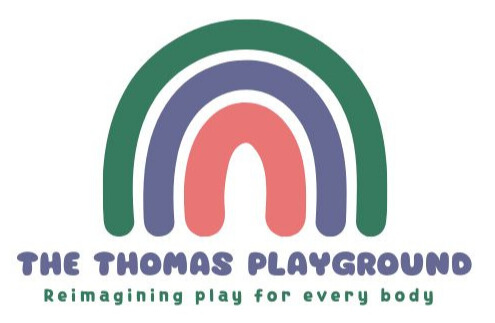
When Timberplay partnered with AccessibleUK's Gillian Scotford, we decided to flip the brief entirely. What if we approached inclusive design without budget constraints, space limitations, or compromise? What would emerge if we truly put inclusion at the center of our thinking?
Gillian's perspective proved transformative. As a mother of three boys with vastly different needs - including two profoundly disabled sons - she understood the frustration of spaces that required "three adults, one with each child" to function. Her vision was simple yet revolutionary: a space where all children could truly play together.
A Mother's Insight
"My three boys had very different needs - Thomas, Sam, and Max," Gillian explains. "A trip to the play area involved a lot of planning. Would the space have equipment that all three could use? Max would usually be catered for, but what about Thomas or Sam? Would there be a calm area for quiet time if needed?"
"Often, yes, there was some provision - but it was all very separate. For a successful family outing, we would need three adults - one with each child to meet their individual needs. This made me wonder, why does it have to be like this? Couldn't there be a space where all children could truly play together?"
The resulting Thomas Playground concept - named in honor of Gillian's son who passed away in 2017 - represents our blueprint for genuinely inclusive design. It's a space designed not just for accessibility, but for true integration.
5 key principles of inclusive playground design
Multi-level engagement where every piece of equipment offers appropriate challenges for different abilities. Rather than separate equipment for different needs, we designed play elements that could be engaged with at multiple levels simultaneously.
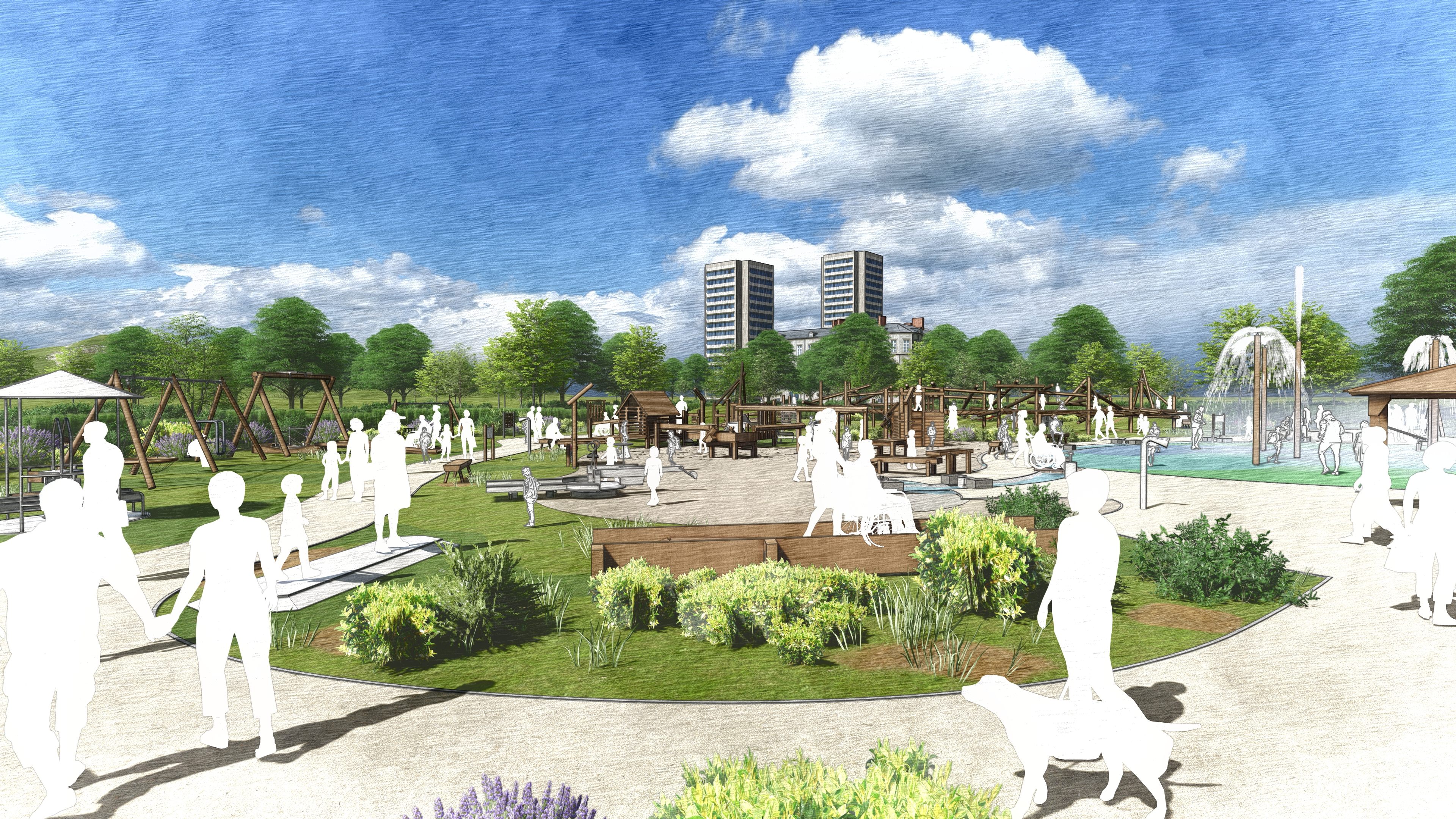
Seamless accessibility with wheelchair and pushchair access prioritized throughout. This isn't about adding ramps as an afterthought - it's about creating pathways that feel natural and integrated into the play experience.
Sensory-rich environments featuring tactile guidance and thoughtful acoustic elements. Visual impairment doesn't mean missing out on play - it means engaging with play in different ways.
Flexible spaces that accommodate both active play and quiet decompression. Not every moment of play is high-energy, and not every child processes stimulation in the same way.
Universal design elements that benefit all users. When we design for edge cases, we often create solutions that work better for everyone.
3 Questions That Change Everything
Through our collaboration with play consultant Harry Harbottle and extensive research into family needs, we've identified three fundamental questions that determine whether a playground truly serves all children. These questions, derived from the "Free to Play" resource, cut to the heart of inclusive design:
1. Can I get there?
This question addresses the journey to play, not just the destination. Transport links, parking availability, accessible pathways, and entry points must be seamlessly integrated. It's not enough to have an accessible playground if families can't actually reach it.
Consider the parent navigating public transport with a wheelchair-using child and siblings. Consider the family traveling by car who need accessible parking close to the play area. Consider the walking routes that must accommodate pushchairs, wheelchairs, and mobility aids without creating barriers or dead ends.
2. Can I stay?
This question recognizes that play isn't a brief activity - it's an experience that unfolds over time. Comfortable resting spaces, appropriate seating, calm areas, and - crucially - Changing Places toilets create the foundation for extended visits.
The importance of suitable facilities cannot be overstated. One of the most distressing experiences for carers is the prospect of having to change their child on a public toilet floor. Over recent years, the campaign for more Changing Places toilets - clean facilities equipped with hoists, large enough for wheelchairs - has made real progress. These facilities are not a luxury; they are life-changing infrastructure that determines whether families can participate in community life.
3. Can I play?
This addresses the heart of the matter: ensuring all children can meaningfully participate in the full spectrum of play experiences. It's not enough to have accessible equipment if that equipment doesn't offer genuine play value.
While no single solution can serve every need, inclusive design means offering a range of equipment and challenges across diverse play spaces. The aim isn't perfection - it's belonging. It's ensuring that every child can find their place in the play narrative, can take appropriate risks, can experience challenge and mastery.
How Timberplay Is Leading Inclusive Playground Innovation
While the Thomas Playground concept pushes beyond typical project constraints, it serves a vital purpose: breaking free of mental limitations that constrain inclusive design. As our Head of Design Charlie Russell notes, "Maybe if we aim for the moon, we can at least raise the bar."
This philosophy drives our practical innovations across real-world projects:
Sensory Guides: Supporting Families Planning an excursion
One ongoing barrier for parents and carers of children with complex needs is simply finding reliable information about a play space. How far is the walk from the car park? Is there a quiet area to decompress? Is public transport an option? Will the environment be noisy, and what are the busiest times?
These questions can determine whether a day out will be joyful or stressful. To support families, Timberplay has created a sensory guide template, allowing clients to provide bespoke documents that outline what families can expect and help them plan accordingly.
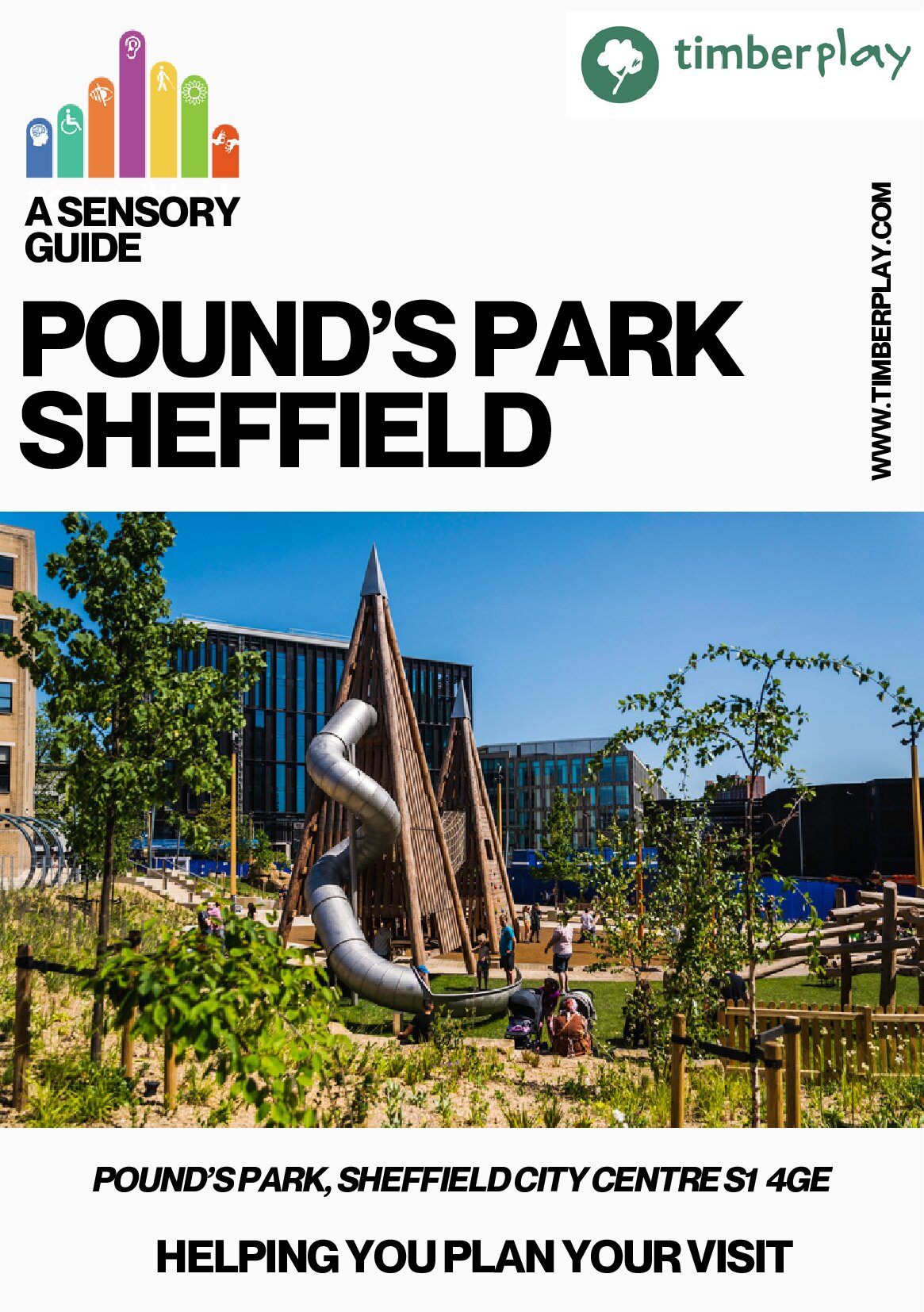
Universal Design Principles
We've learned that designing for specific needs often creates solutions that benefit all users. Ramps don't just help wheelchair users - they help parents with pushchairs, delivery personnel, and anyone with mobility challenges. Clear sightlines don't just help anxious parents - they create safer environments for all children.
Collaborative Partnerships
Our work with AccessibleUK, Harry Harbottle, and other experts has deepened our understanding of what 'inclusive' and 'accessible' truly mean. We've learned that expertise doesn't just come from professional training - it comes from lived experience.
The Bigger Picture: Why This Matters
The Thomas Playground represents more than ambitious design - it embodies a fundamental shift in how we approach inclusion. Rather than asking "How do we add accessibility features?" we're asking "How do we create spaces where belonging is built in from the ground up?"
This matters because play isn't just recreation - it's development, socialisation, and joy. When we create truly inclusive spaces, we're not just serving children with complex needs; we're creating richer, more dynamic environments that benefit everyone.
The Ripple Effect
Inclusive design creates positive ripple effects throughout communities. When children of all abilities play together, they develop empathy, understanding, and social skills that last a lifetime. When families feel welcome in public spaces, they participate more fully in community life. When designers push boundaries, they create innovations that benefit everyone.
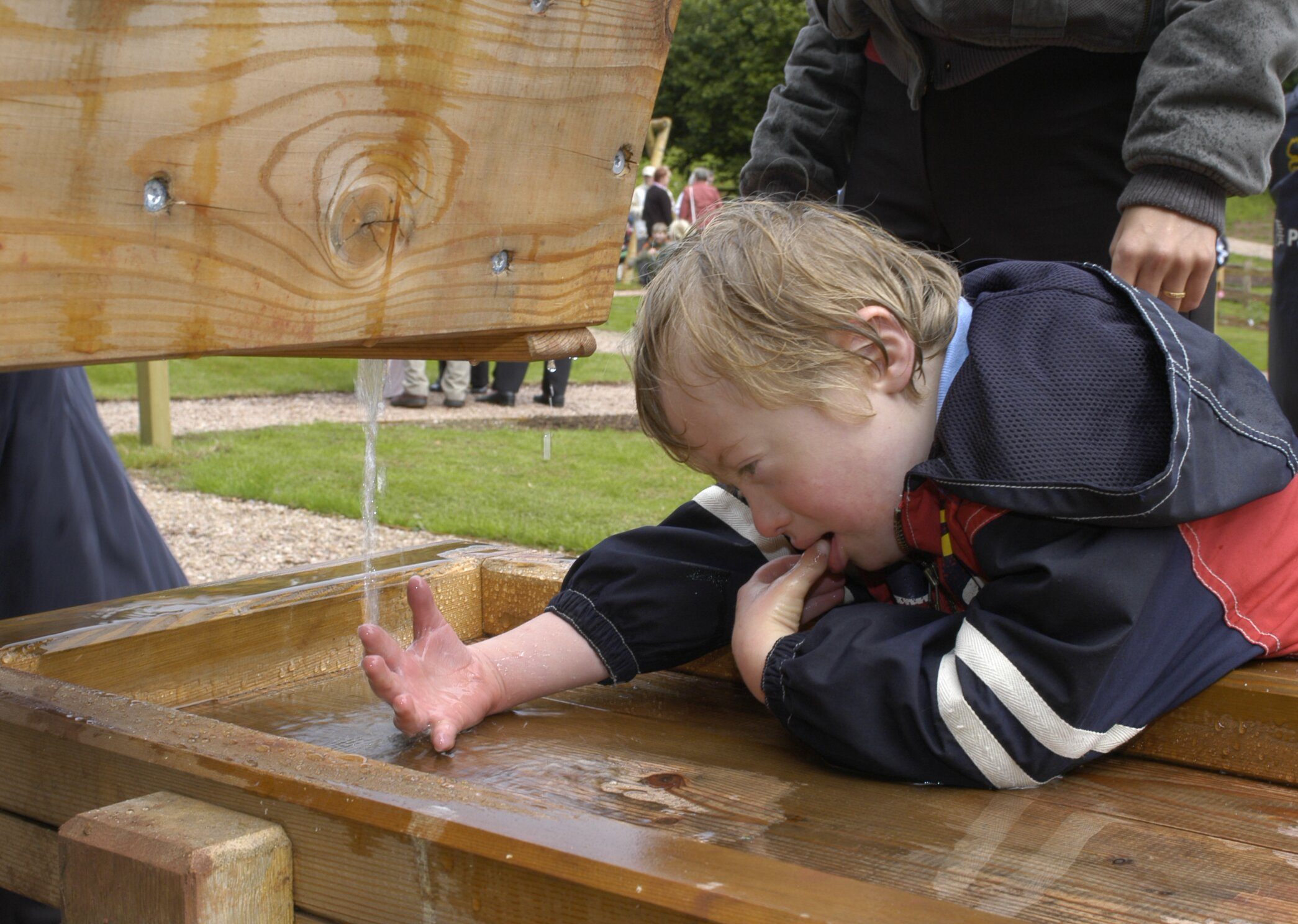
Beyond Childhood
It's worth noting that many individuals with learning difficulties continue to have ongoing specialist needs into adulthood - and may well still gain great enjoyment from playing. The Thomas Playground concept isn't limited to children but extends to adults with physical and mental impairments, including older people and those with conditions like dementia.
This recognition - that play brings joy to everyone - challenges us to think beyond traditional age boundaries and consider how public spaces can serve entire communities.
Join the Movement for Better Inclusive Playgrounds
At Timberplay, we're committed to advancing this conversation through multiple channels:
Concept designs that push boundaries and inspire new possibilities. The Thomas Playground may be aspirational, but it provides a vision of what's possible when we prioritise inclusion.
Training programs that build industry expertise in inclusive design. We're developing resources to help other designers, developers, and planners understand the priorities of families with complex needs.
Resources that support families in finding and accessing quality play spaces. Our sensory guides and planning tools help bridge the gap between design intention and family experience.
Partnerships that bring together diverse perspectives and expertise. We continue to work with accessibility experts, families with lived experience, and other organisations committed to inclusive design.
The Future of Play
Inclusion shouldn't be a checkbox - it should be the starting point. By reimagining how we design, plan, and talk about play, we can create environments where all children feel they belong.
This requires a fundamental shift in mindset. Instead of starting with conventional playground design and adding accessibility features, we need to start with the question: "How do we create spaces where every child can thrive?"
As Gillian Scotford reminds us: "Thomas taught me that play is not a luxury—it's a lifeline. Every child deserves to be part of the laughter, the risk, the magic of play."
The question isn't whether we can afford to build truly inclusive playgrounds. The question is whether we can afford not to.
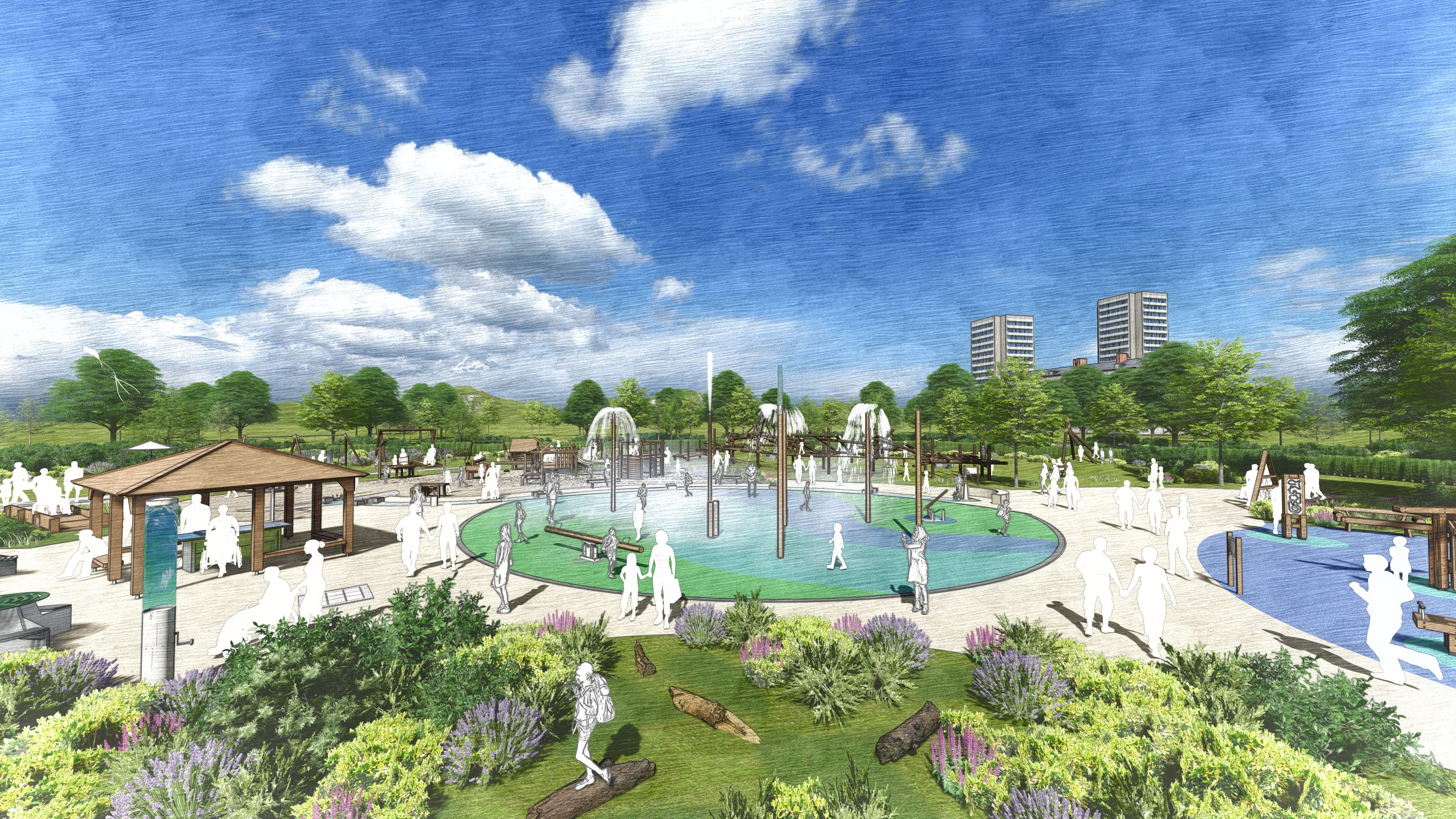
Join the Conversation
The future of inclusive play depends on all of us - designers, developers, planners, families, and communities - working together to raise the bar.
